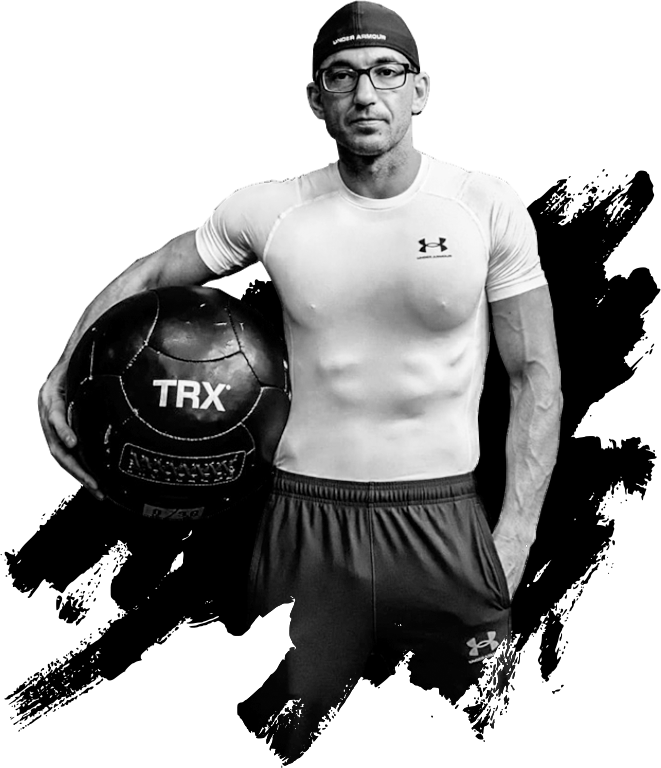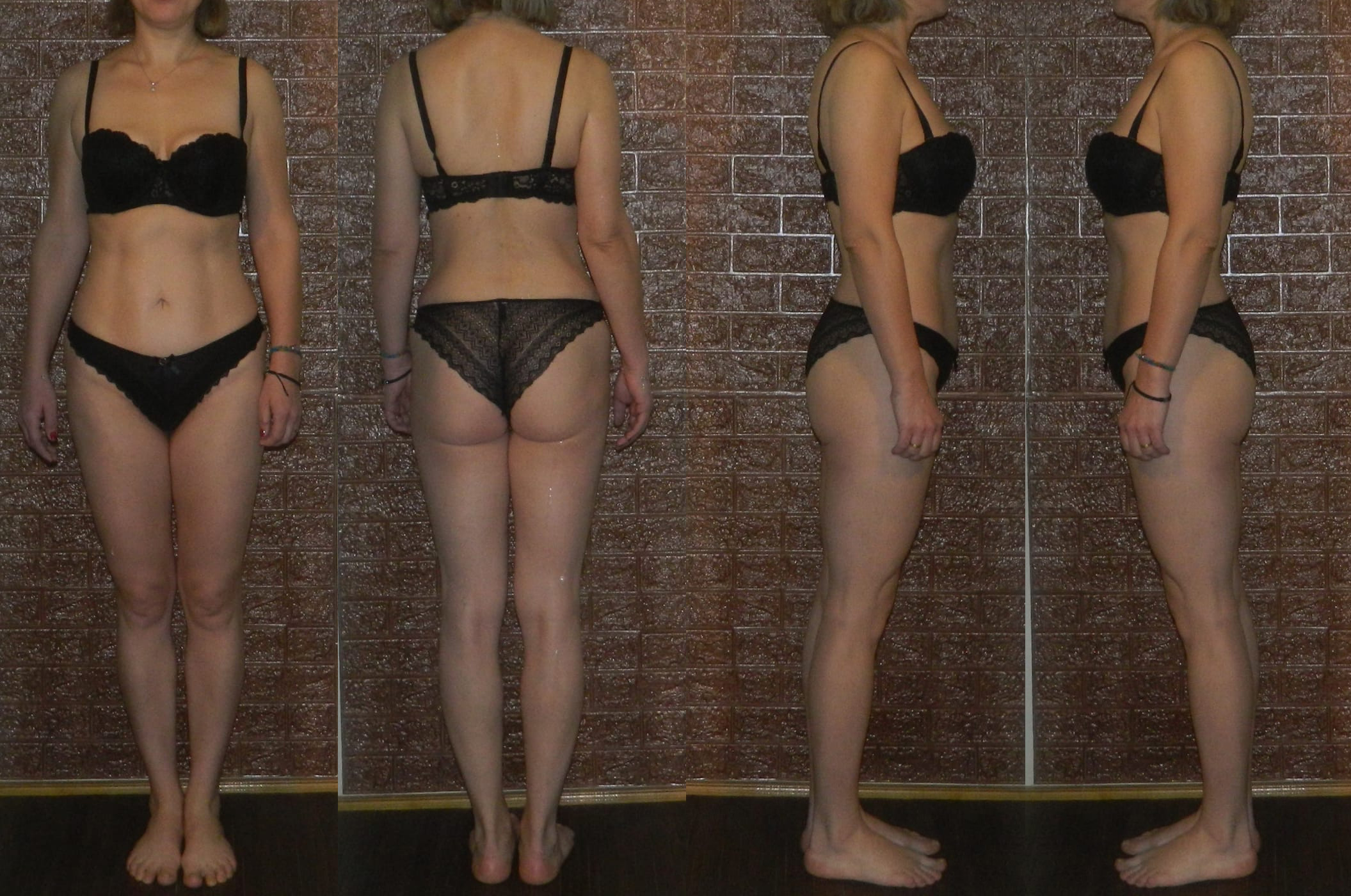
Why did I choose functional training?
Most of the needs/necessities in our lives are multiplanar. Our body is designed to perform movements on all planes of motion, whether at work, on the street, in the park, mowing the lawn, or washing the windows.
The goal of this type of training is to integrate multiplanar and multi-joint movements at different loads and speeds to create a positive transfer to everyday life (to move better, to move easier, to be more agile, to be more flexible, there should be a balance between strength, stability, and mobility).
Unlike classical training, where the “rules” are fixed. The exercises are performed only in a movement plan; in functional training, there are no “rules,” thus managing to train the muscles through complex movements, movements that underlie our existence (walking, running, bending, straightening, stretching, rotation, jumping, balance, stability, etc.).
Any muscle imbalance leads to postural dysfunction (kyphosis, scoliosis, and lordosis are the most common), joint problems, injuries, and muscle aches; therefore, it is crucial that in our training, we have an organized balance in terms of mobility, flexibility and strength and functional training encompass all these components.




